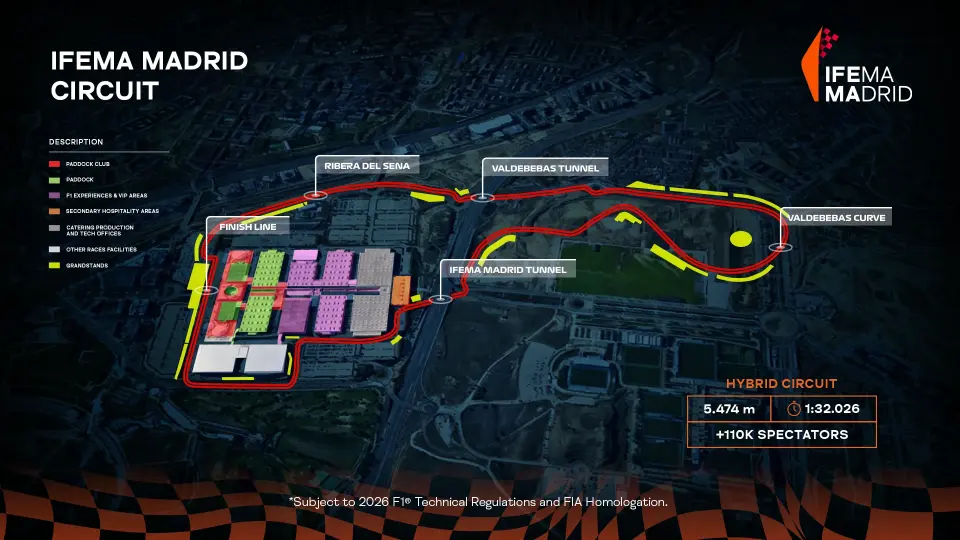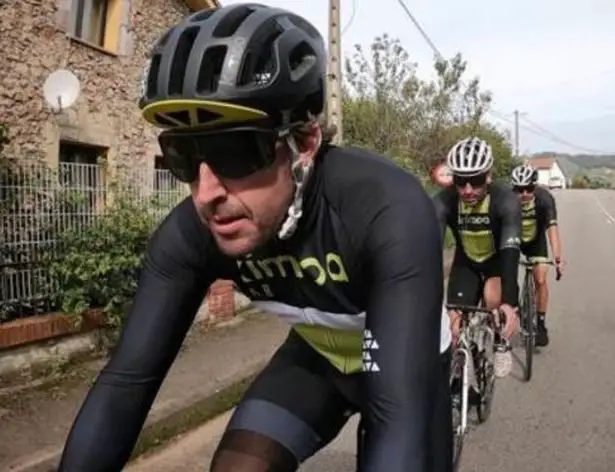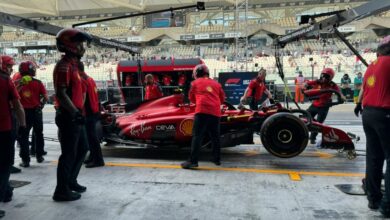Former F1 Driver Giancarlo Fisichella Calls Spanish Grand Prix Move To Madrid “Strange Decision”
Giancarlo Fisichella, former F1 driver, labels the relocation of the Spanish Grand Prix to Madrid as “strange,” highlighting the unique challenges and opportunities it presents for drivers. He reminisces about Barcelona’s circuit while also advocating for new Grand Prix locations like Rome.
Key Takeaways:
- Giancarlo Fisichella criticizes the move of the Spanish Grand Prix to Madrid, considering it an unexpected decision.
- Fisichella praises Barcelona’s circuit for its historical significance and quality, contrasting it with the challenges of a city circuit in Madrid.
- He discusses Italy’s abundance of tracks and the excitement surrounding new Grand Prix venues, emphasizing the importance of strategic location choices.

The Formula One community was caught off guard by the news of the Spanish Grand Prix’s relocation to Madrid from Barcelona, set to take effect in 2026. Among those expressing surprise and skepticism is former F1 driver Giancarlo Fisichella, whose extensive experience in the sport lends weight to his assessment of this significant change.
In a recent interview facilitated by OLBG, Fisichella didn’t mince words, referring to the decision as “strange.” He elaborated on his views, reflecting on the virtues of Barcelona’s circuit, which has served as a cornerstone for F1 testing and competitive racing for years. Fisichella acknowledged:
“Rome would be an amazing Grand Prix destination! Let’s see what happens.
“The decision to move the host of the Spanish Grand Prix to Madrid was a strange one. Barcelona’s track was nice because drivers have spent so much time there during testing and races. It’s also a great circuit.
“Moving to Madrid will be a new challenge for the drivers, and the track is in the middle of the city. It has pros and cons.
“I’m currently involved in a bid to bring a Grand Prix track to Zanzibar. There’s an ongoing project to build a nice circuit there and have a Grand Prix day there.”
Fisichella’s insights shed light on the contrasting dynamics between established circuits like Barcelona and the urban challenges posed by circuits like Madrid’s.
Continuing, Fisichella highlighted Italy’s extensive track network, suggesting a saturation of Grand Prix venues in the country. He also touched upon the significance of innovative tracks like Las Vegas in diversifying the F1 calendar.
As discussions ensue regarding the future of the Spanish Grand Prix, it’s evident that the sport is in a state of flux, navigating between tradition and innovation. While Madrid’s inclusion brings fresh excitement, the enduring legacy of Barcelona in F1 remains a point of contention. As the sport marches towards a greener future, decisions regarding circuit locations will continue to shape its landscape, ensuring a balance between tradition and progress.



